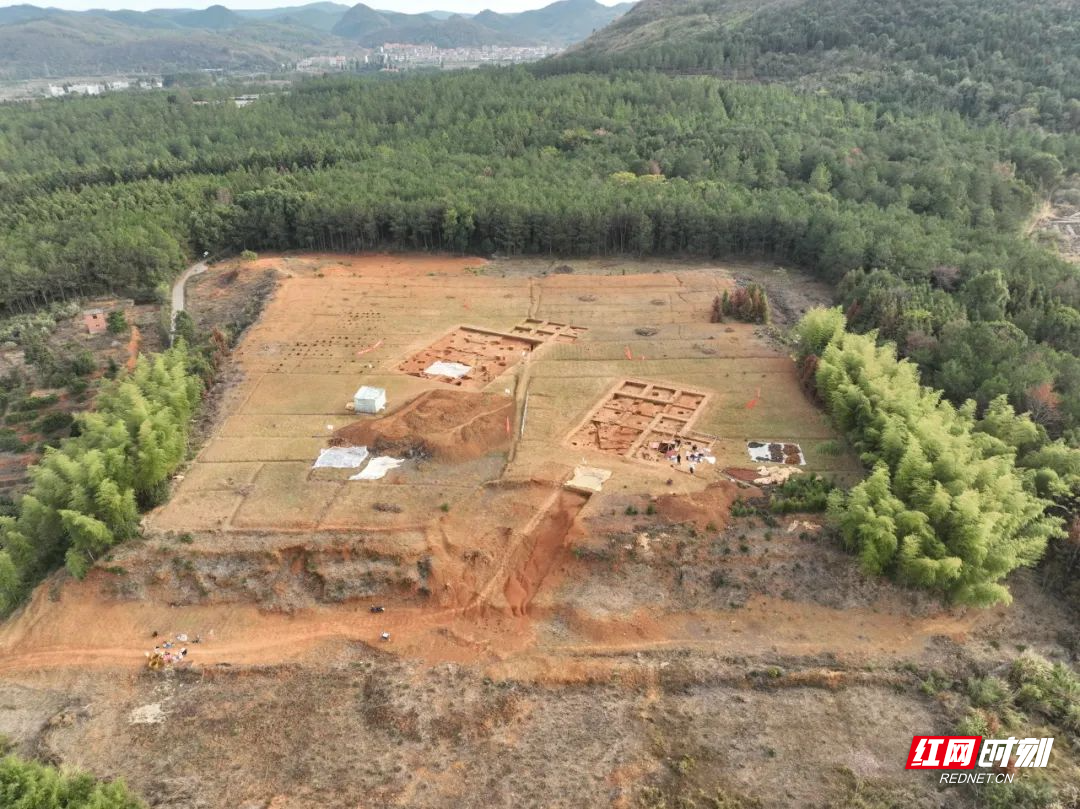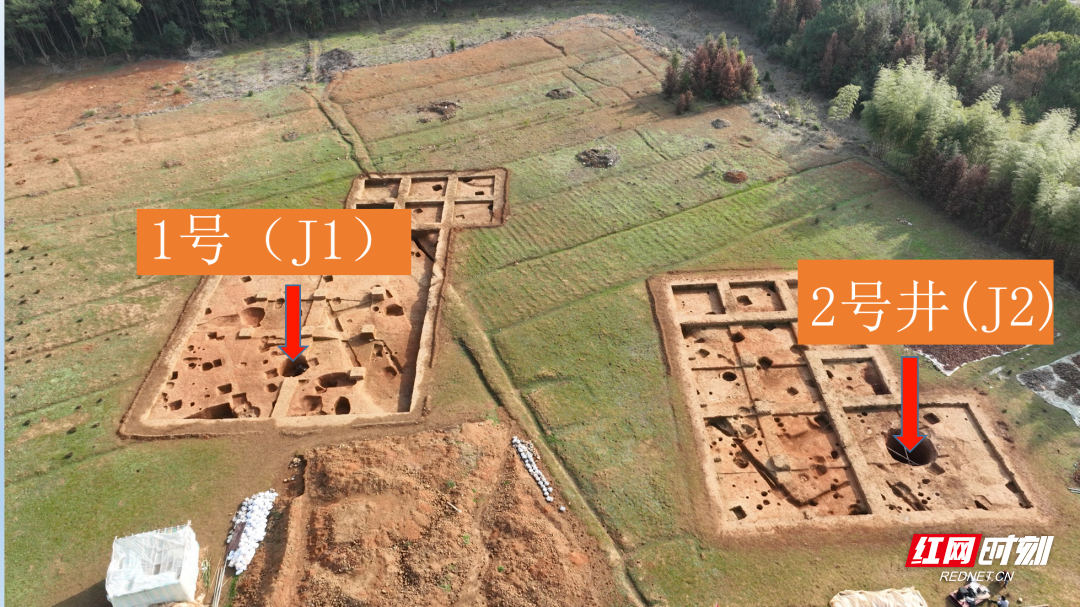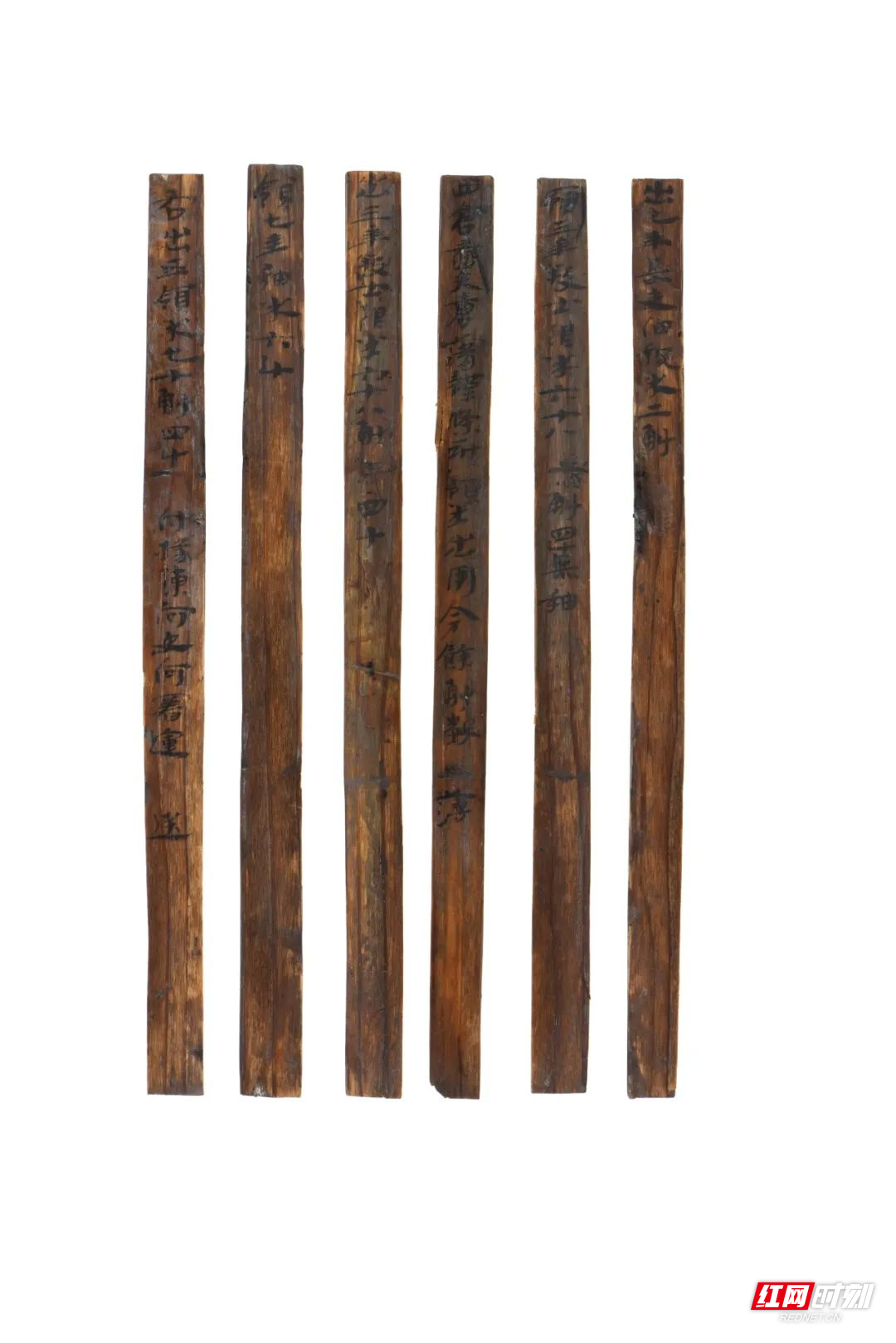Nearly 10,000 wooden slips discovered in Dutou Ancient Village
2023-12-24
On December 21, it’s announced that nearly 10,000 pieces of slips dating back to the Kingdom of Wu (229–280 AD) were found in the ruins of Dutou Ancient Village at the regular press conference in the fourth quarter held by the State Administration of Cultural Heritage. This is another major discovery of Hunan bamboo slips, with the largest number and richest content unearthed in China, after the Wu slips from Zoumalou Community in Changsha.

After archaeological excavations, Dutou Ancient Village of Linwu County in Chenzhou has been determined as the location of the “Linwu” county seat from the Han Dynasty to the Six Dynasties. The government office area, residential area, handicraft production site, and burial area have been discovered. And nearly 10,000 slips, including wooden slips and signboards were unearthed in two wells in the Sun and Wu states of the Three Kingdoms period in the government office area, which are government documents of Linwu County, covering administrative divisions, taxes, registered residence, land reclamation, mining and metallurgy of Linwu County.

Dutou Ancient Village is the most intact ancient village on the ancient Hunan-Guangdong road. It is a precious epitome of the development, management and changes of local cities from the Han Dynasty to the Six Dynasties, and an important part of the pluralistic integration of Chinese culture. It constructs the development sequence of archaeological culture from the Han Dynasty to the Six Dynasties in the Nanling Mountains region, and provides important data for the study of the development and effective governance by the ancient central government.
The total distribution area of the site exceeds 170,000 square meters. The government office area is nearly square, with a side length of about 100 meters, around which there are trenches. About 300 meters northeast of the government office area is a residential area and 10 kilometers northwest is a handicraft production area. Cemeteries are distributed on low hills around the government office area, with a total of three tomb areas. There are about 400 tombs, dating back to the Western Han Dynasty to the Six Dynasties period.

From 2022 to 2023, the Hunan Provincial Institute of Cultural Relics and Archaeology conducted key excavations in the central and northwestern regions of the government office area.
A large rectangular house site facing northeast has been unearthed, with a length of 22 meters from north to south and a width of 8.5 meters from east to west. The house is well preserved, including the foundation trench, doorways, roads, and water wells. It is preliminarily judged that the house is an important government building during the Six Dynasties period.
This site was first built in the early Western Han Dynasty and was abandoned during the Southern Dynasties.
It is square in plan, with a high drop between the ground outside and inside, and the surface inside is level with the “wall”. It shows the same characteristics as many city sites in the Lingnan region, making it a representative of the “Lingnan-type” city sites.
The layout of the site, the unearthed Sun and Wu bamboo slips, the surrounding tombs and the mining and smelting site vividly show the evolution of local cities in southern China from the Han Dynasty to the Southern Dynasties, providing rich materials for in-depth research on the social, economic and historical development of the Nanling Mountains region.




